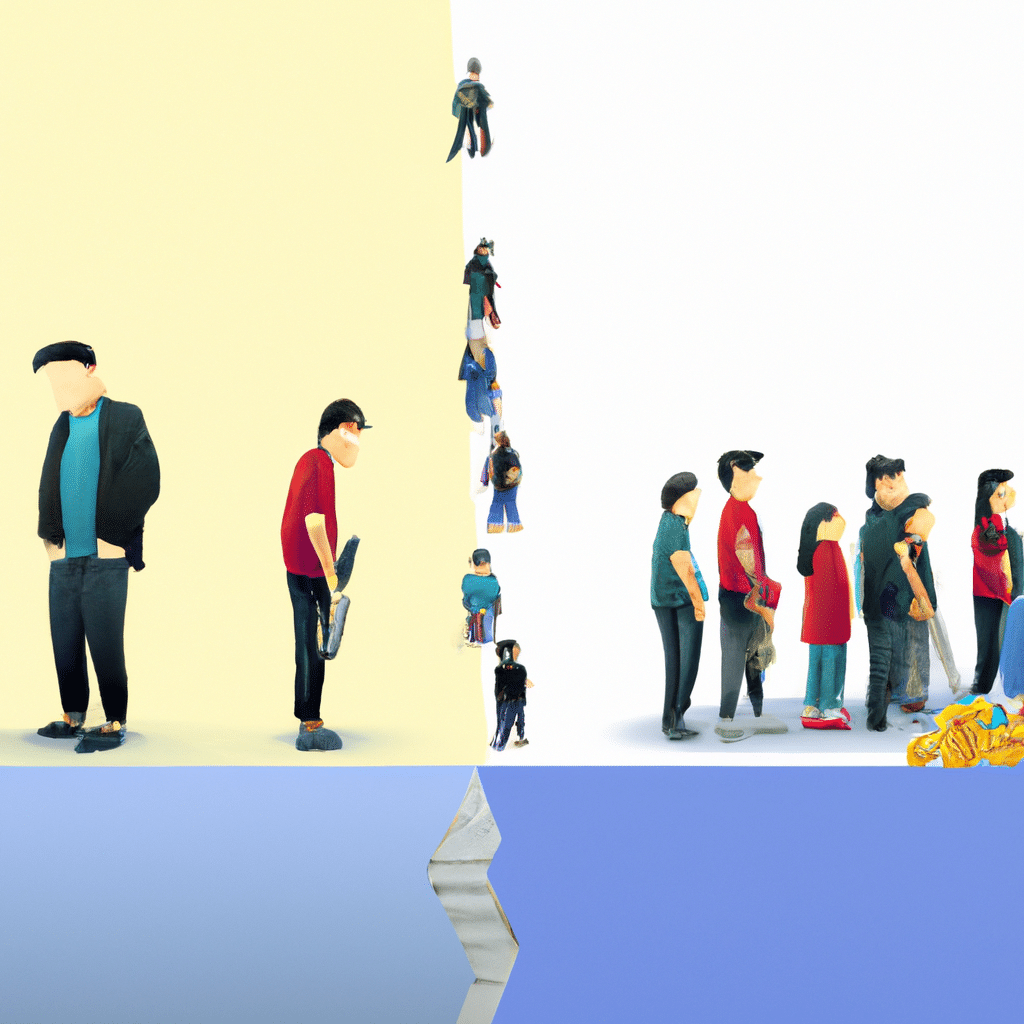Can AI Help Us Solve the Problem of Income Inequality?

Income inequality is an issue that has been plaguing societies for centuries. Despite efforts to address this problem, the gap between the rich and the poor continues to widen. This has led to social unrest, political instability, and a host of other problems. In recent years, there has been a growing interest in the role that artificial intelligence (AI) can play in addressing income inequality. In this article, we explore the potential of AI in solving this problem.
Introduction
The problem of income inequality is a complex one. It is caused by a variety of factors, including globalization, automation, and technological advances. While some people argue that income inequality is a natural byproduct of capitalism, others believe that it is a problem that needs to be addressed. One potential solution that has been suggested is the use of artificial intelligence.
What is Artificial Intelligence?
Before we delve into how AI can help solve the problem of income inequality, it is important to understand what AI is. AI is a branch of computer science that focuses on creating intelligent machines that can perform tasks that typically require human intelligence, such as visual perception, speech recognition, decision-making, and language translation. AI can be divided into two broad categories: narrow AI and general AI. Narrow AI is designed to perform a specific task, such as facial recognition or language translation. General AI, on the other hand, is designed to perform any intellectual task that a human can do.
How Can AI Help Solve the Problem of Income Inequality?
There are several ways that AI can help solve the problem of income inequality. One of the most promising ways is through the use of AI in education. AI-powered education systems can help level the playing field by providing personalized learning experiences to students. This can help students who come from low-income backgrounds get the education they need to succeed. AI can also be used to identify students who are at risk of dropping out of school and provide them with the support they need to stay in school.
Another way that AI can help solve the problem of income inequality is through the use of AI in the workplace. AI-powered systems can help automate tasks that are currently done by humans, freeing up workers to focus on more complex tasks. This can lead to increased productivity, which can lead to higher wages for workers. AI can also be used to identify areas where workers may need additional training, allowing them to develop new skills that can help them earn higher wages.
AI can also help solve the problem of income inequality by identifying areas where government intervention may be needed. For example, AI can be used to analyze data on income inequality and identify areas where income inequality is the highest. This can help policymakers develop targeted interventions to address income inequality in those areas.
Conclusion
In conclusion, AI has the potential to play a significant role in addressing the problem of income inequality. Through the use of AI in education, the workplace, and government intervention, we can help level the playing field and provide more opportunities for people to succeed. While AI is not a panacea for all of society’s problems, it is a tool that can be used to make a real difference in people’s lives. As we continue to develop and refine AI, it is important that we keep this goal in mind and work towards creating a more equitable and just society.












